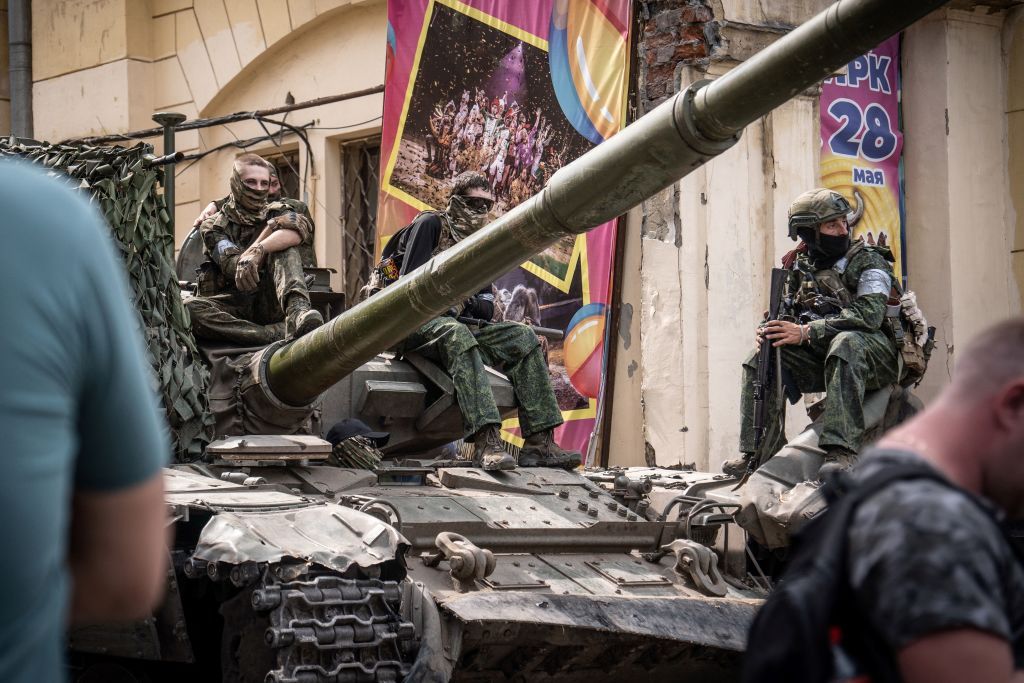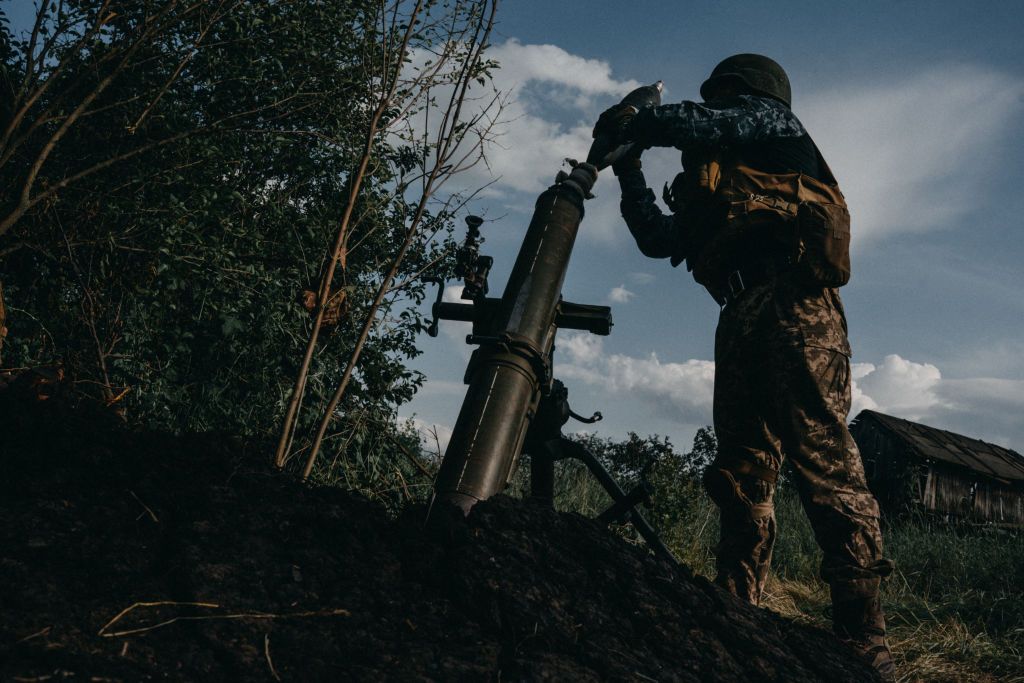Reznikov: ‘Main event’ in counteroffensive still to come, reserves not yet committed

Ukraine’s main troop reserves have yet to be used in the counteroffensive, Ukrainian Defense Minister Oleksii Reznikov told the Financial Times on June 28.
Those reserves include most brigades recently trained in Western countries and equipped with modern NATO tanks and armored vehicles.
Reznikov said the liberation of a group of villages in recent weeks was a “preview” of a much bigger push to come and not "the main event” of the military campaign.
“When it happens, you will all see it . . . Everyone will see everything,” Reznikov said.
Reznikov said the operation would contrast with last year’s defense of Kyiv and the counter-offensives in Kherson and Kharkiv. “You can’t expect a miracle in every operation," he said.
He said Ukraine had made “certain gains” that the general staff had not made public to avoid exposing troops.
“Sometimes the Russians do not report to their leadership that they have lost a certain area or territory. They are afraid to report further to their superiors,” Reznikov said.
Ukrainian forces advanced up to 1,400 meters in various sectors of the front line over the past day, the Eastern Command spokesperson, Serhii Cherevatyi, reported on June 27, confirming an incremental but steady advance overall.
Cherevatyi didn’t name the exact areas.
Meanwhile, Deputy Defense Minister Hanna Maliar reported on June 27 that the Ukrainian forces had been gradually advancing on the Bakhmut flanks over the past four days.
“The liberation of this direction has its own particularity that complicates the process,” Maliar said, adding that the Ukrainian forces haven’t entered Bakhmut yet.
Ukraine liberated nine settlements regained since the beginning of Ukraine's long-expected summer counteroffensive.
As part of their larger counteroffensive, Ukraine’s forces have “gained impetus" in attacks around Bakhmut, advancing on both the northern and southern flanks of the city, the U.K. Defense Ministry reported on June 26.
According to the ministry’s latest intelligence update, “there has been little evidence that Russia maintains any significant ground forces operational level reserves which could be used to reinforce against the multiple threats it is now facing in widely separated sectors.”
Those sectors extend from Bakhmut to the eastern bank of the Dnipro River, more than 200 kilometers apart, reads the update.
Reznikov added also said Wagner's botched insurrection against Russian dictator Vladimir Putin showed the weakness of the Russian regime while warning against hopes of further “mutinies and riots” to help Ukraine on the battlefield.
Reznikov said there were no immediate signs of a collapse in morale. “Once it gets hot, we’ll see how resilient they are,” he said.
He also said Ukraine’s army continued to impose heavy losses on Russian troops, with “degradation as a tool and the liberation of Ukrainian lands as the goal.”
Ukraine's counteroffensive operations are moving slower than expected, but that does not mean it won't succeed in future offensive operations, the Institute for the Study of War (ISW) said in its June 21 assessment.
"The overall slower than expected pace of Ukrainian counteroffensive operations is not emblematic of Ukraine’s wider offensive potential, and Ukrainian forces are likely successfully setting conditions for a future main effort despite initial setbacks," the ISW wrote.
President Volodymyr Zelensky acknowledged on June 21 that battlefield progress has been "slower than desired," due to increased Russian defenses on the frontlines, particularly in western Zaporizhzhia Oblast and southern Ukraine.













